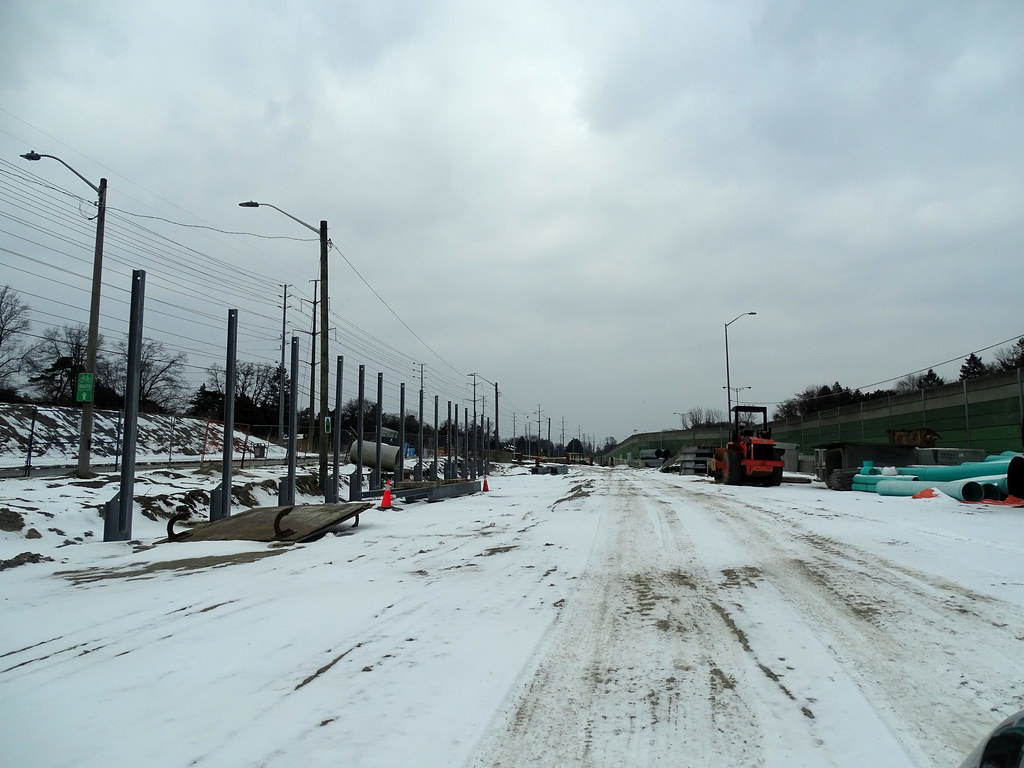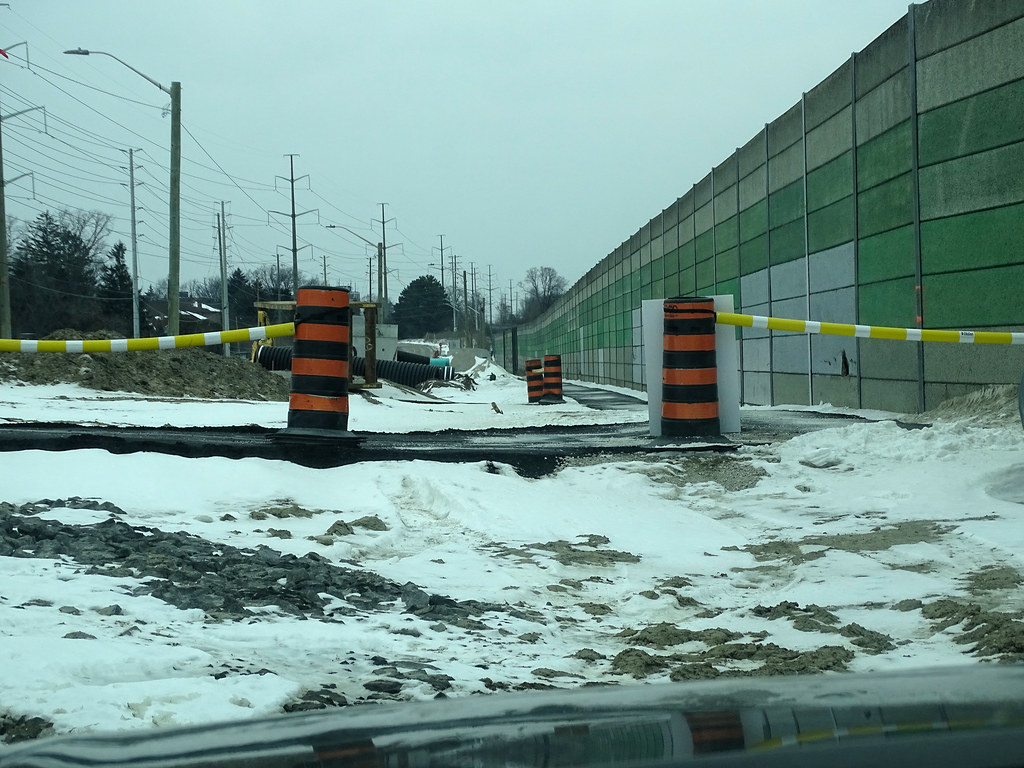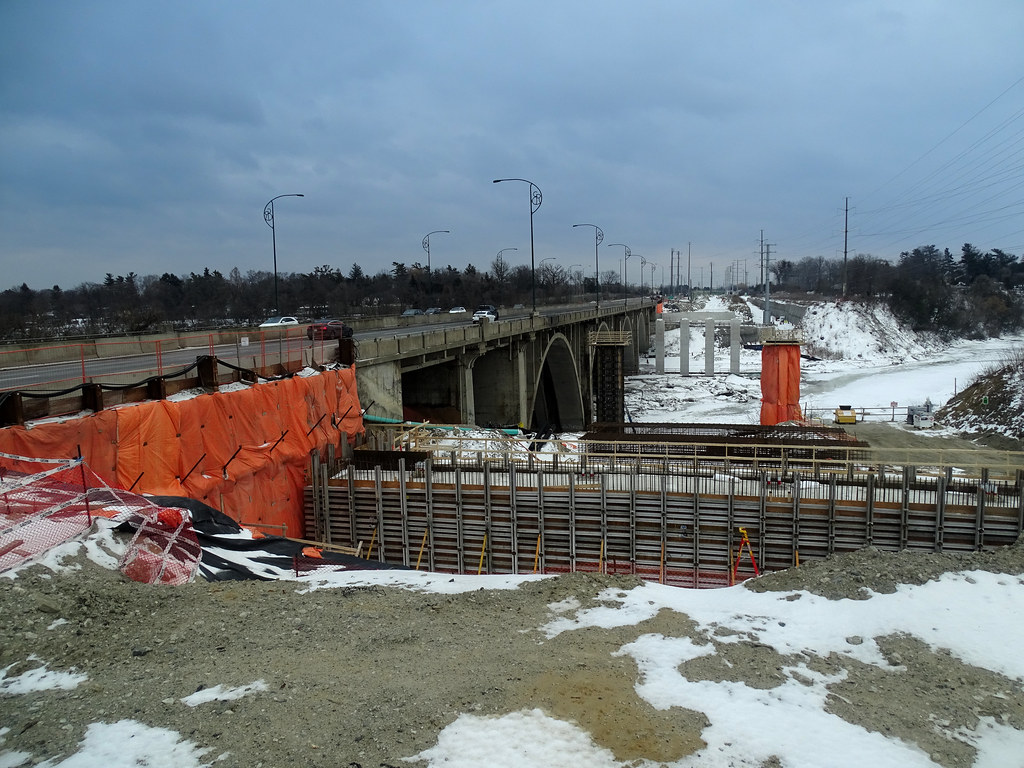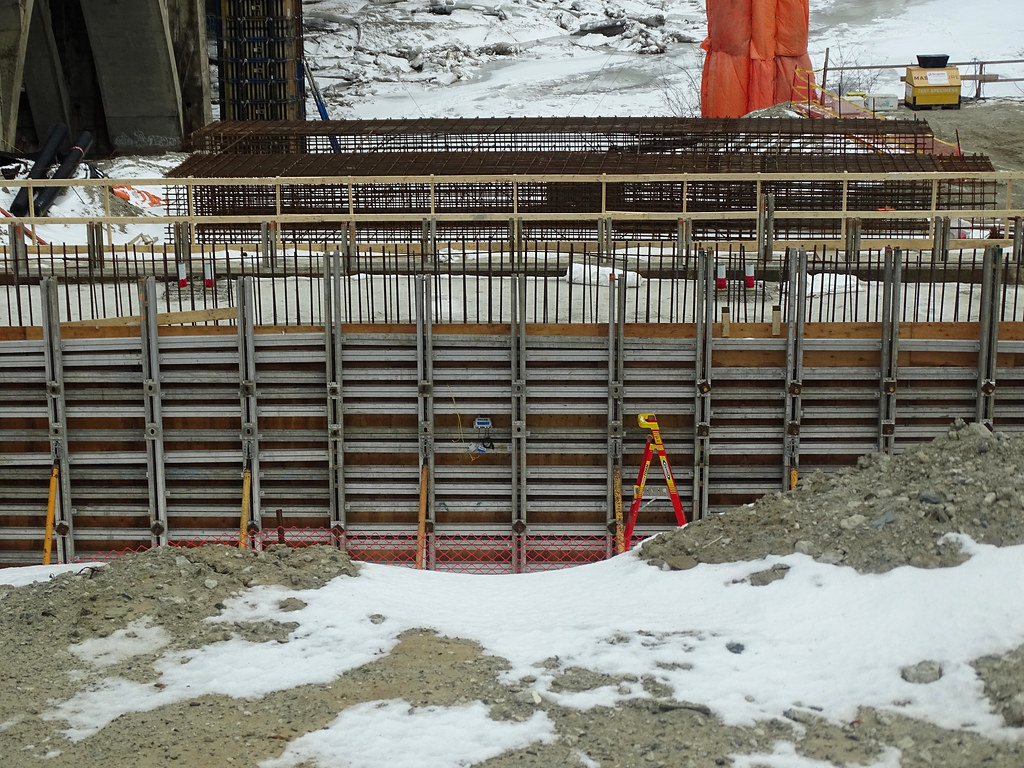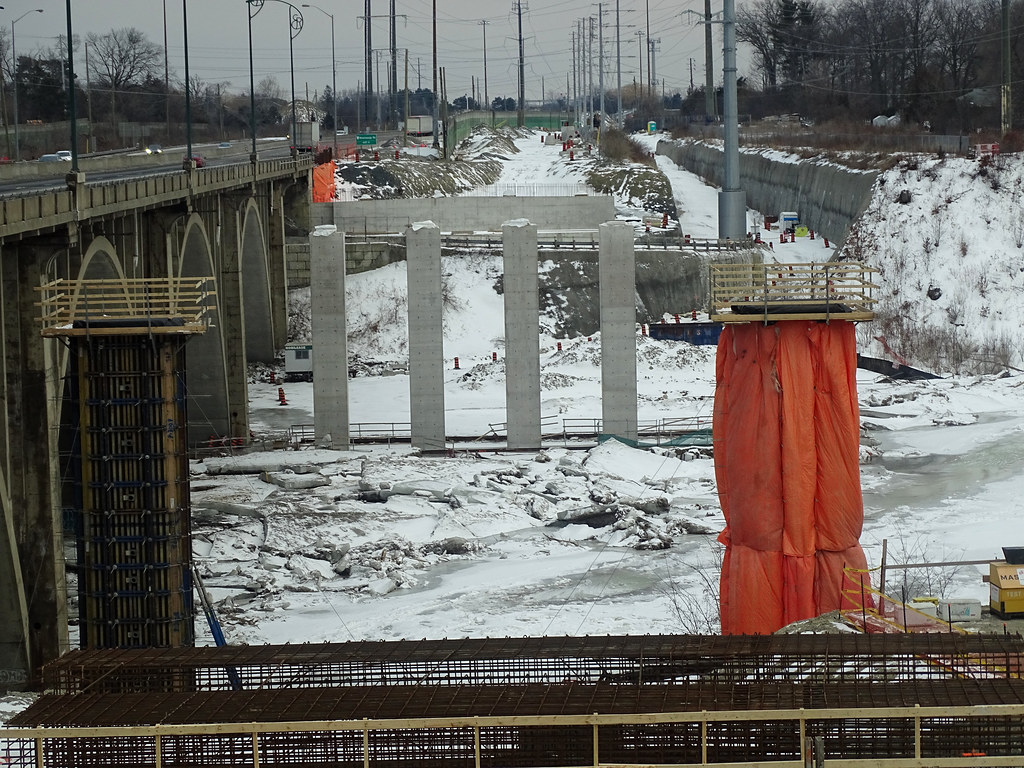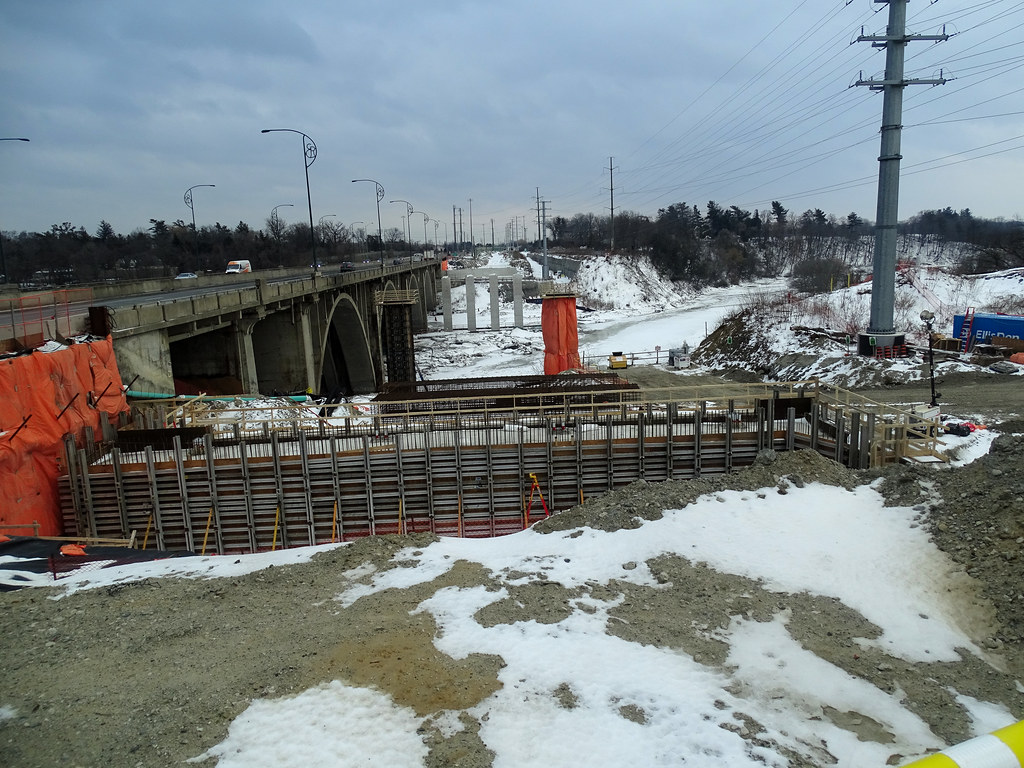At some point, culturally as a nation, our highest priority became “value for money” to the extreme. As a consequence our infrastructure looks and feels pedestrian, where if we paid a little bit more and took a few more risks we’d end up with something more beautiful.
I don't disagree; but I also want to pitch in for the idea that sometimes the money is on the table and is spent poorly.
I'm thinking of the TYSSE where we over-built, cavernous stations, by commissioned starchitects with lavish budgets, and yet we have sections without wall finishes (notably trackside walls), but even missing sections of ceiling finish.
The cost to get those things right were small, and could have been paid for with the 'public art' budget pretty much, or by modifying the designs to shrink ceilings heights or station depth by even a few feet, or trim capacity by even 5%.
So many different choices were available. Even the starchitects didn't 'own' their work.
Beyond that, however, lets look at bridges, since that's being discussed above.
Parapet walls used to be covered in different surfaces including stone, brick, various spray applications to make them more attractive. At some point here, engineers decried that such surfaces made bridges harder to inspect.
A legitimate concern, but one that could be addressed several ways other than using bare concrete. If it was really desirable to see the surface concrete with the naked eye, one could use cladding (brick/stone etc.) that could be removed for inspection purposes. Alternatively, one can inspect structure w/any number of different diagnostic technologies these days that can easily see through an exterior coating....
Of course, the latter would cost some money....
But I digress; even the engineers have admitted, the concrete walls can be dull, a preferred solution was settled on, that they could be poured into forms, giving the illusion of some other surface. (not sure why, but I haven't seen any experiments with dyed concrete, I think a terra cotta shade could be quite nice).....
Back to poured forms though; we don't consistently use them, we don't apply them in ways that allow fulsome design expression, and we too often use forms that we shouldn't because the design impression is poor.
Examples follow:
Basic bridge parapet wall:
This is the Gerrard Bridge over the Don River/DVP. Exceedingly bland!
But could we do better?
Here's the Lawrence Avenue East bridge over the GO tracks:
Much nicer! Not stone, just concrete, but poured into a form to make it look like stone. Same railings as the Gerrard bridge, but in black instead of plain/unpainted.
For contrast, this is the refurbed Millwood bridge over the DVP and Don River which also saw forms used for its concrete:
What is that design? Seriously. Also note the unpainted railing which contributes to monochromatic dullness.
This bridge, Dawes Road over Taylor Creek had decorative forms used........
Can you tell? LOL..... they only used them on the outside of the bridge to emulate the stone coating that used to appear on the bridge, but not on the top/interior side. Sigh.
****
Moving on from parapet walls, to the railings above. The designs need not be historical, or black, but having a design just a bit less utilitarian with some sort of good colour chosen does wonders.
This is from the southern extent of the Bathurst Street bridge over the rail corridor:
Clearly the form of the parapet is dull as dishwater, but the railings here have a measure of elegance.
*****
So much can be done for relatively little cost. Often entirely within existing design budgets, for literally an extra 1% Sigh.






